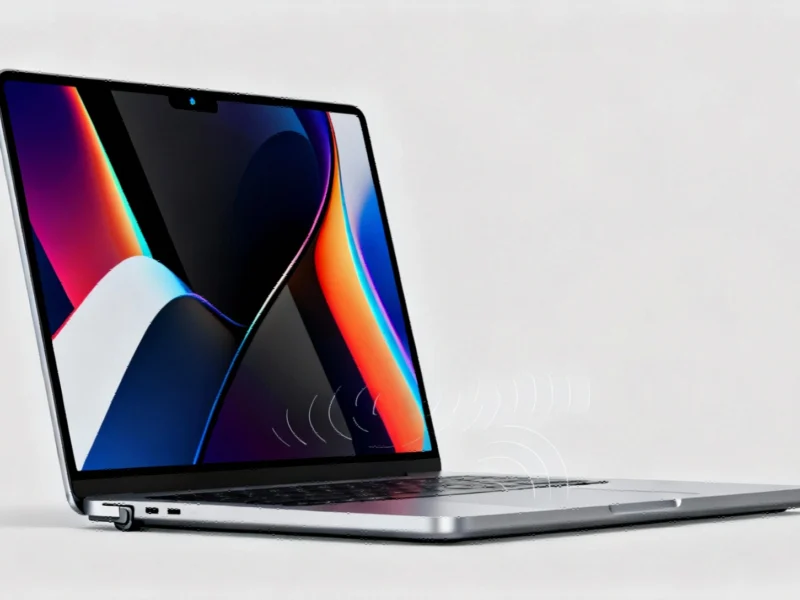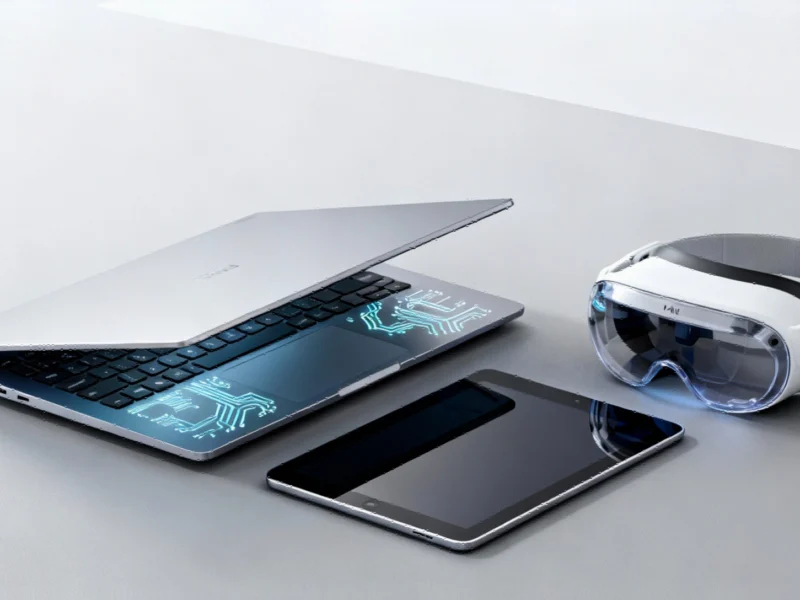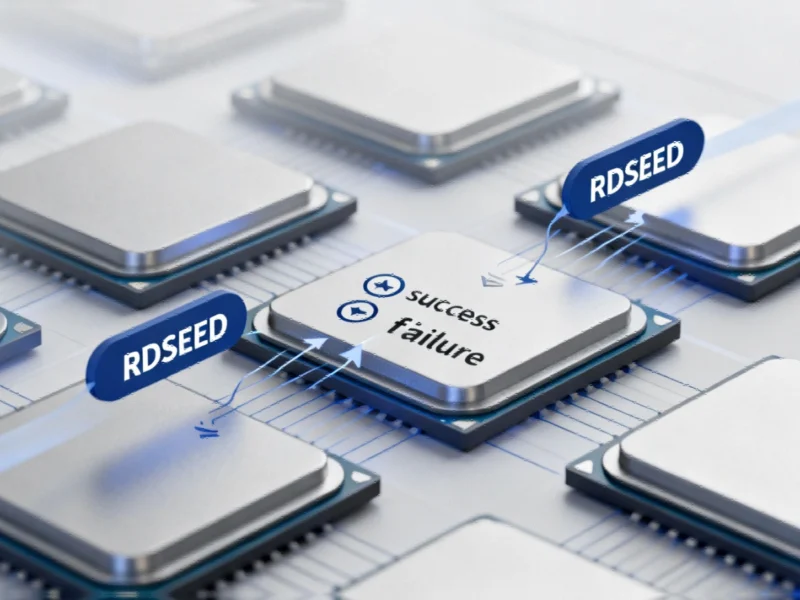Major Display and Interface Changes Coming to Apple’s Flagship Laptop
Apple’s upcoming M6 MacBook Pro represents one of the most significant redesigns in the company’s laptop history, with industry sources indicating a fundamental shift from mini-LED to OLED display technology accompanied by the controversial addition of touchscreen capabilities. According to recent industry analysis, these changes reflect Apple’s evolving strategy for professional computing devices, though they come with substantial cost implications that may reshape the premium laptop market.
The transition to OLED panels marks Apple’s continued investment in display technology, following similar moves by other tech giants exploring advanced computing interfaces. This shift aligns with broader industry trends, including the expanding computational demands driving hardware innovation across multiple sectors.
Notch Elimination and Structural Reinforcements
One of the most visible changes in the 2026-2027 M6 MacBook Pro will be the elimination of the controversial notch, replaced by a punch-hole cutout for the FaceTime camera. This design modification addresses long-standing user complaints while maintaining the high-quality video capabilities professionals require.
The introduction of touchscreen functionality presents unique engineering challenges that Apple appears to have addressed through reinforced hinge mechanisms designed to prevent screen wobble during touch interactions. This approach demonstrates Apple’s commitment to maintaining the legendary build quality that has distinguished MacBook Pro models, even as the company ventures into new interface territory that it previously avoided due to perceived drawbacks.
M6 Chipset and Manufacturing Advancements
At the heart of these new machines will be Apple’s M6 chipset, reportedly manufactured using TSMC’s cutting-edge 2nm ‘N2’ process. This represents Apple’s first silicon in this product category to utilize this advanced lithography, promising significant performance and efficiency improvements over current M-series processors.
The computational power required to drive these advanced displays and interfaces reflects the growing demands of professional workflows, similar to the AI-driven transformations occurring in enterprise computing environments where processing capabilities directly impact user experience and productivity.
Tiered Product Strategy and Market Positioning
Evidence from macOS Tahoe development builds reveals that not all M6 MacBook Pro models will receive the full suite of upgrades. The base 14-inch model (identifier J804) will maintain traditional features, while premium versions (identifier K116) will feature the OLED displays, touchscreen capabilities, and slimmer chassis designs.
This tiered approach allows Apple to cater to different market segments while managing production costs, though it may disappoint users expecting uniform innovation across the product line. The strategy reflects Apple’s careful balancing act between technological advancement and market accessibility, particularly as competitors also reimagine fundamental computing interfaces.
Premium Pricing and Industry Context
The advanced features come with a substantial price premium that industry observers expect will position these machines at the very top of the professional laptop market. While exact pricing remains undisclosed, the combination of new display technology, touch interface, and cutting-edge silicon represents a significant manufacturing cost increase that will inevitably be passed to consumers.
This premium positioning occurs within a broader context of technological convergence, where entertainment and productivity interfaces continue to evolve toward more immersive and interactive experiences. Similarly, innovations in virtual entertainment platforms demonstrate how display and interface technologies are transforming user experiences across multiple device categories.
Industry Impact and Future Implications
Apple’s move toward OLED and touchscreen technology in professional laptops signals a potential industry shift that could influence competitor roadmaps and user expectations. The company’s traditional resistance to touchscreen Macs makes this development particularly noteworthy, suggesting either a change in technical capabilities or a strategic reassessment of user interface trends.
The 2026-2027 timeline provides Apple with substantial development time to refine these technologies, ensuring they meet the company’s rigorous quality standards before reaching consumers. As these innovations mature, they may establish new benchmarks for professional computing devices and influence how users interact with their primary work machines in increasingly diverse computing environments.
Based on reporting by {‘uri’: ‘wccftech.com’, ‘dataType’: ‘news’, ‘title’: ‘Wccftech’, ‘description’: ‘We bring you the latest from hardware, mobile technology and gaming industries in news, reviews, guides and more.’, ‘location’: {‘type’: ‘country’, ‘geoNamesId’: ‘6252001’, ‘label’: {‘eng’: ‘United States’}, ‘population’: 310232863, ‘lat’: 39.76, ‘long’: -98.5, ‘area’: 9629091, ‘continent’: ‘Noth America’}, ‘locationValidated’: False, ‘ranking’: {‘importanceRank’: 211894, ‘alexaGlobalRank’: 5765, ‘alexaCountryRank’: 3681}}. This article aggregates information from publicly available sources. All trademarks and copyrights belong to their respective owners.



